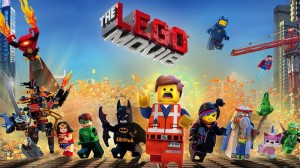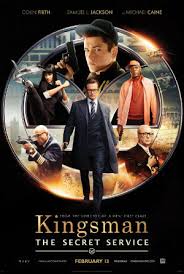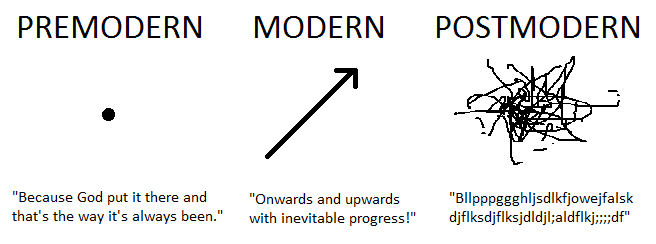Baudrillard is the next theorist we are going to explore in the unit on Postmodern Media.
He takes Jameson’s ideas about media and starts exploring what impact these will have on the audience. He suggested a number of key ideas:
Consumer Culture: We are living in a world in which we define ourselves through the product we buy and the brands we support. Consumption is not just about need, it’s also about personal identity.
Hegemony: That we are controlled / conditioned by the media, which encourages us to buy into a culturally dominant set of ideas, as Russell Brand said, ‘..to keep us spell bound and stupid, it’s bread and circuses.’
Simulacra: As Jameson says we have lost contact with the original idea (or referent) through the continued recycling of ideas and images. Baudrillard takes this one step further and suggests that we now believe that the copy of the copy of the copy is reality. We are like the prisoners in the Allegory of Plato’s Cave.
Hyper-Reality: By living in a world of recycled images and ideas that have lost the connection to the original idea/image we are the boundaries between reality and media reality are becoming blurred and confused. In other words, we are all residents in the media reality, which are merely shadows on the wall.
Here is a PowerPoint on these ideas and which gives two thought provoking examples:
Chained to the Rythmn, which you have already examined, includes many references both in its comments and the way it is constructed that would fit with Baudrillard’s criticisms of Postmodern Media and Postmodern times. Try and identify where she seems to be referring to Hyper-reality, Consumer Culture, Simulacra & Hegemony.
- Hyper-reality – Theme Parks, Tablet obsession, 3D, Living life through the lens, living in a bubble.
- Consumer Culture – Hamster Wheel, The American Dream,
- Simulacra – Theme parks
- Hegemony – Chained to the rythmn, you think you’re free, zombies, 2.4 Nuclear family.
What other ones are present?





